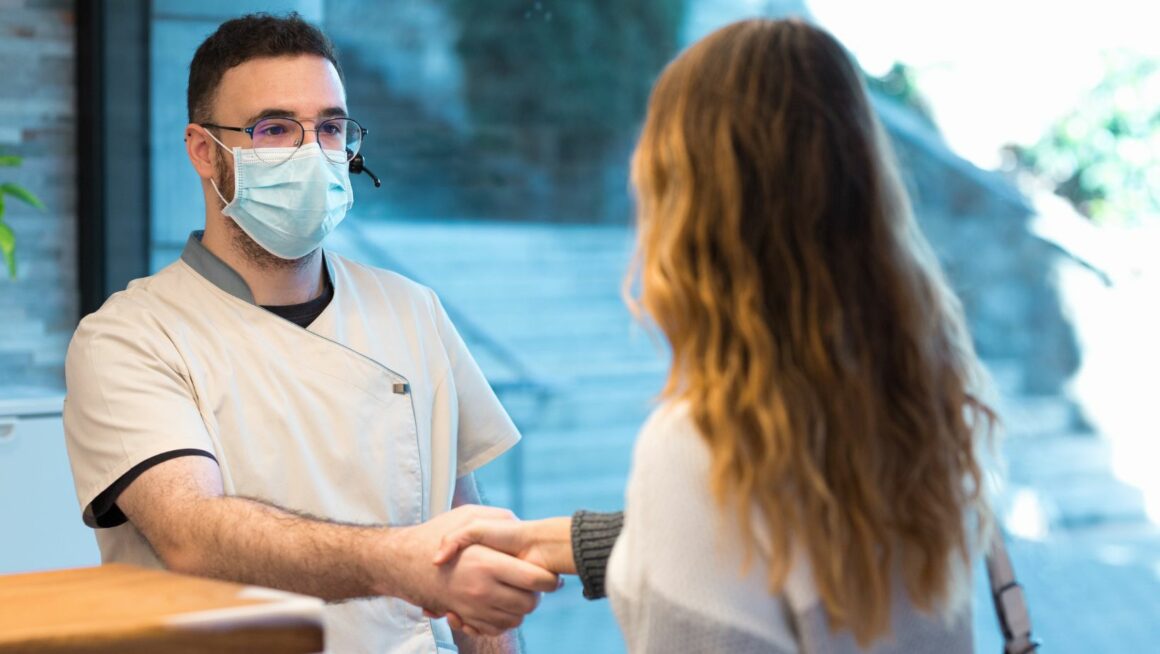Car accidents are unexpected and often overwhelming events. Amidst the initial shock, it’s easy to overlook the physical consequences, particularly those that aren’t immediately apparent. Back pain, for instance, is a common injury that can surface hours or even days after the incident. If you’ve recently been in a collision and are starting to feel discomfort in your back, you might be wondering what to do if you have back pain after a car accident. This post will guide you through understanding the types of back injuries you might experience, the steps to take for proper recovery, and how to manage your pain effectively.
Common Types of Back Injuries After a Car Accident
Understanding the type of back injury you’re dealing with is crucial to determining the best course of action for recovery. Here are some of the most common back injuries that occur after car accidents:
Whiplash
Whiplash is a soft tissue injury that affects the neck and upper back. It occurs when the head is suddenly jerked forward and then backward, straining the muscles and ligaments. This motion can damage the tissues in the upper spine and may lead to severe back pain that can last for weeks or even months.
Herniated Discs
Your spine is made up of bones (vertebrae) cushioned by discs. These discs are filled with a gel-like substance that acts as a shock absorber. A herniated disc occurs when the outer layer of the disc tears, causing the inner gel to leak out. This can press on the surrounding nerves, leading to significant pain in your back and possibly down your legs.
Fractured Vertebrae
In more severe accidents, the force of the impact can cause the vertebrae in your spine to fracture. These fractures can be extremely painful and may require surgical intervention to stabilize the spine. If left untreated, they can lead to long-term complications, including chronic pain and mobility issues.
Soft Tissue Injuries
Apart from whiplash, other soft tissue injuries like sprains and strains can also affect your back after a car accident. These injuries involve damage to the muscles, ligaments, and tendons, and while they may not be as severe as a herniated disc or a fracture, they can still cause significant discomfort and require proper treatment.
Initial Steps to Take If You Have Back Pain
If you start to experience back pain following a car accident, it’s essential to act quickly. Early intervention can make a significant difference in your recovery process.
Seek Medical Attention Immediately
Even if your back pain seems mild initially, it’s crucial to consult a healthcare professional as soon as possible. Some injuries, like herniated discs, may not cause severe pain immediately but can worsen over time. A doctor can evaluate your condition, perform necessary imaging tests (like X-rays or MRIs), and determine the severity of your injury.
Document Your Injuries
Keep a detailed record of your symptoms and any medical visits. This documentation will be important if you decide to file a claim with your insurance company or pursue legal action. Be sure to note when the pain started, how it has progressed, and how it affects your daily life.
Follow Your Doctor’s Advice
Your doctor will likely recommend a treatment plan that may include medications, physical therapy, or even surgery, depending on the severity of your injury.

It’s important to follow their advice closely to ensure proper healing. Skipping appointments or not adhering to the treatment plan can prolong your recovery and lead to chronic pain.
Treatment Options for Back Pain After a Car Accident
The treatment for back pain after a car accident varies depending on the type and severity of the injury. Here are some common options:
Pain Medication
Over-the-counter pain relievers, such as ibuprofen or acetaminophen, are often the first line of defense against back pain. For more severe pain, your doctor may prescribe stronger medications like muscle relaxants or even opioids. However, these should be used with caution due to the risk of dependency.
Physical Therapy
Physical therapy is a common and effective treatment for many types of back injuries. A physical therapist can help you strengthen the muscles around your spine, improve your flexibility, and reduce pain. They may also teach you specific exercises to perform at home to aid in your recovery.
Chiropractic Care
Chiropractic care involves the manual manipulation of the spine to improve alignment and relieve pain. Many people find relief from back pain after receiving chiropractic adjustments, especially if the pain is related to a misalignment caused by the accident. However, it’s important to ensure that the chiropractor is experienced in treating accident-related injuries.
Injections
In some cases, your doctor may recommend injections to manage your back pain. Corticosteroid injections can reduce inflammation around the nerves and provide temporary relief. However, these injections are usually a short-term solution and may need to be repeated periodically.
Surgery
Surgery is generally considered a last resort for back pain after a car accident. It may be necessary if you have a severe injury, such as a fractured vertebrae or a herniated disc that is not responding to other treatments. Surgical options may include spinal fusion, discectomy, or laminectomy, depending on the specific injury.
Managing Your Recovery: Dos and Don’ts
Recovering from a back injury after a car accident can be a long and challenging process. Here are some tips to help you manage your recovery effectively:
Do Stay Active, But Avoid Strenuous Activity
While it’s important to stay active to maintain your strength and flexibility, you should avoid strenuous activities that could worsen your injury. Light activities like walking or gentle stretching can be beneficial, but always consult your doctor before starting any exercise routine.
Don’t Ignore Your Pain
Pain is your body’s way of telling you that something is wrong. If you experience new or worsening pain during your recovery, don’t ignore it. Contact your healthcare provider immediately to discuss your symptoms and adjust your treatment plan if necessary.
Do Use Proper Posture
Poor posture can exacerbate back pain, especially if you’re sitting or standing for long periods. Make sure to maintain good posture by keeping your spine aligned, shoulders back, and feet flat on the floor. Consider using ergonomic furniture or devices to support your posture throughout the day.
Don’t Rush Your Recovery
Recovering from a back injury takes time, and it’s important not to rush the process. Pushing yourself too hard can lead to setbacks and prolong your recovery. Listen to your body and give yourself the time you need to heal properly.
Legal Considerations: Protecting Your Rights
If your back pain was caused by a car accident, you might be entitled to compensation. Understanding your legal rights, when to contact a car accident lawyer in Philadelphia, and the steps you should take can help you navigate this process.
Contact an Attorney
If your injury was the result of someone else’s negligence, it’s advisable to contact a personal injury attorney. They can help you understand your rights, negotiate with insurance companies, and represent you in court if necessary. Many attorneys offer free consultations, so it’s worth seeking legal advice early on.
File a Claim
You’ll need to file a claim with your insurance company to seek compensation for your medical expenses, lost wages, and pain and suffering.

Be sure to include all documentation related to your injury, including medical records and any notes you’ve kept about your symptoms.
Don’t Settle Too Quickly
Insurance companies may offer you a settlement soon after the accident. However, it’s important not to settle too quickly, especially if you’re still in the early stages of recovery. Your injuries may be more severe than initially thought, and once you accept a settlement, you may not be able to seek additional compensation later on.
Conclusion
Back pain after a car accident can be debilitating, but with the right approach, you can manage your symptoms and recover fully. Remember to seek medical attention as soon as you notice any pain, follow your doctor’s advice closely, and consider all your treatment options. If necessary, don’t hesitate to seek legal advice to protect your rights. By taking these steps, you can give yourself the best chance of a full and speedy recovery.



